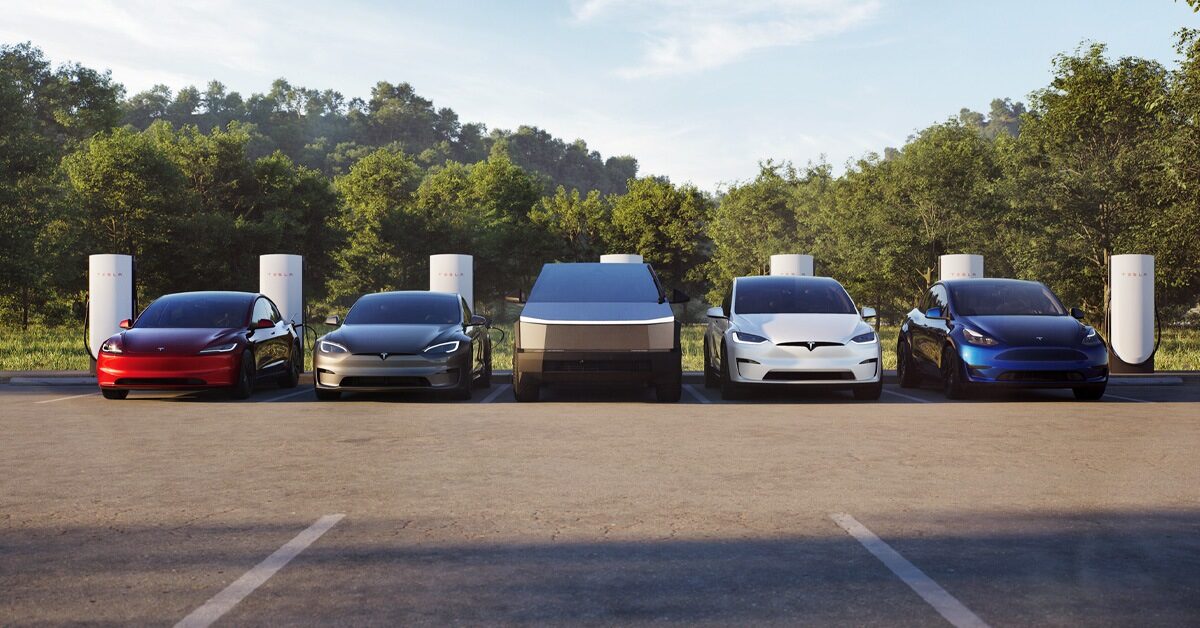insaneoctane
Well-Known Member
Wonder how much money Tesla saves by not having to micro manage supply chain due to Covid-driven supply chain challenges or pay terrorist-like expedite fees, or not have to redesign hardware to work with what you can get. I'm sure it's been an enormous effort to keep the spice moving while other OEMs throw their hands up, happy to have an excuse for low production. Wonder when we'll start to see that relief and savings materialize into EPS....



